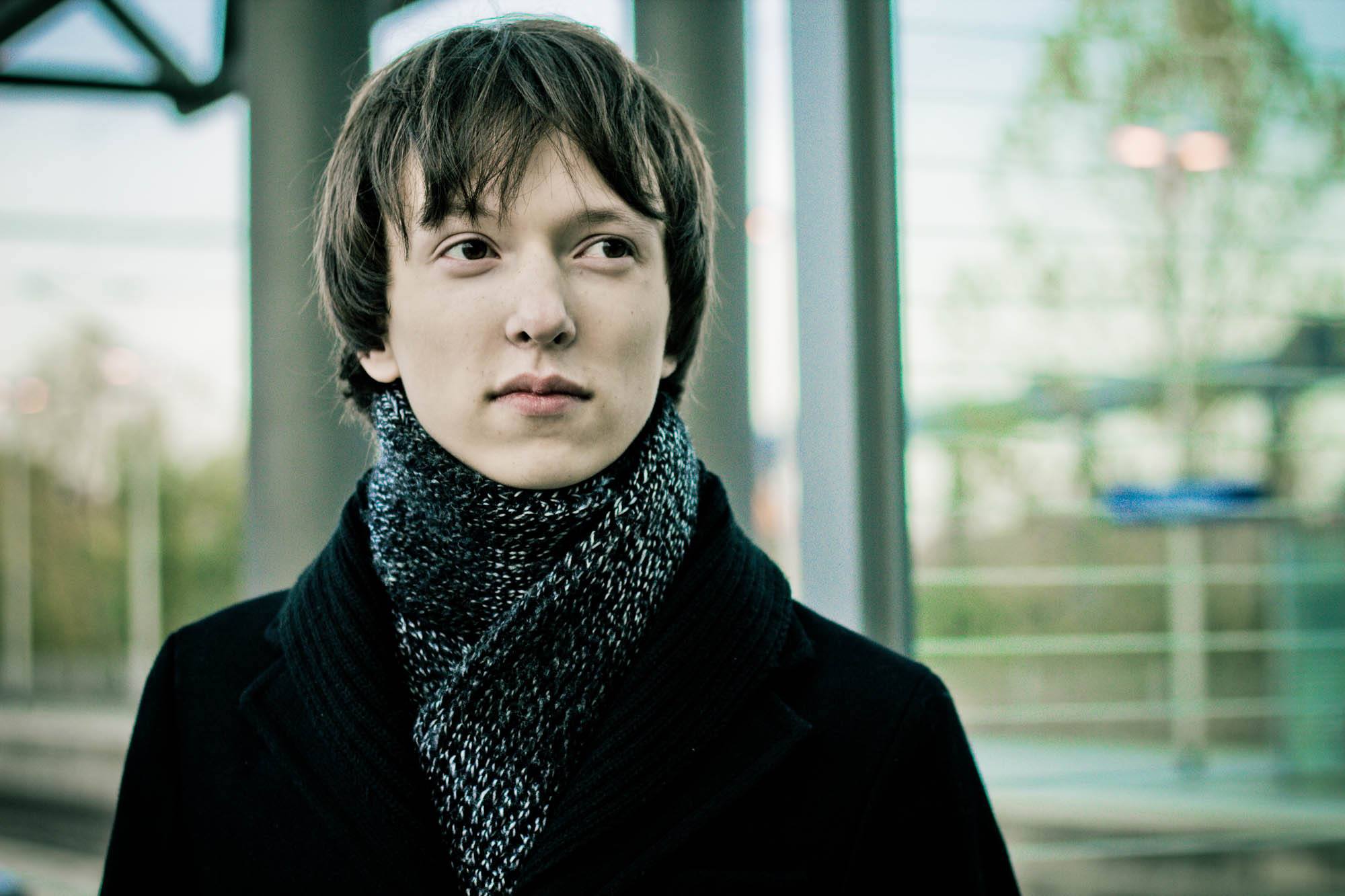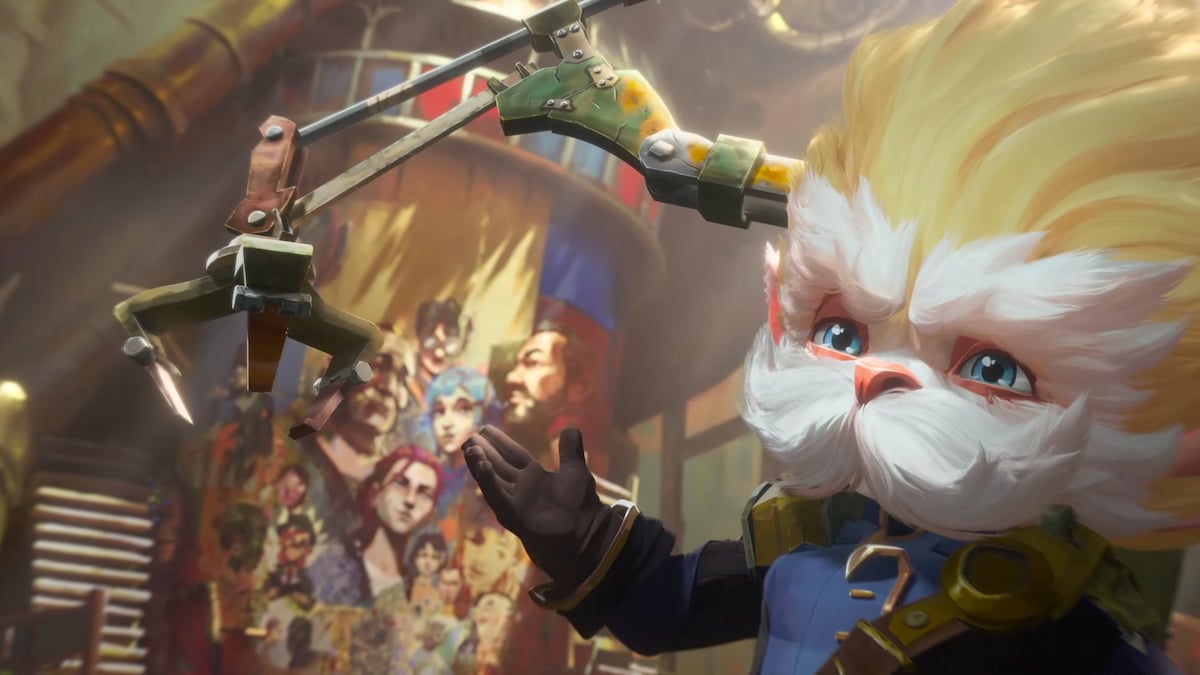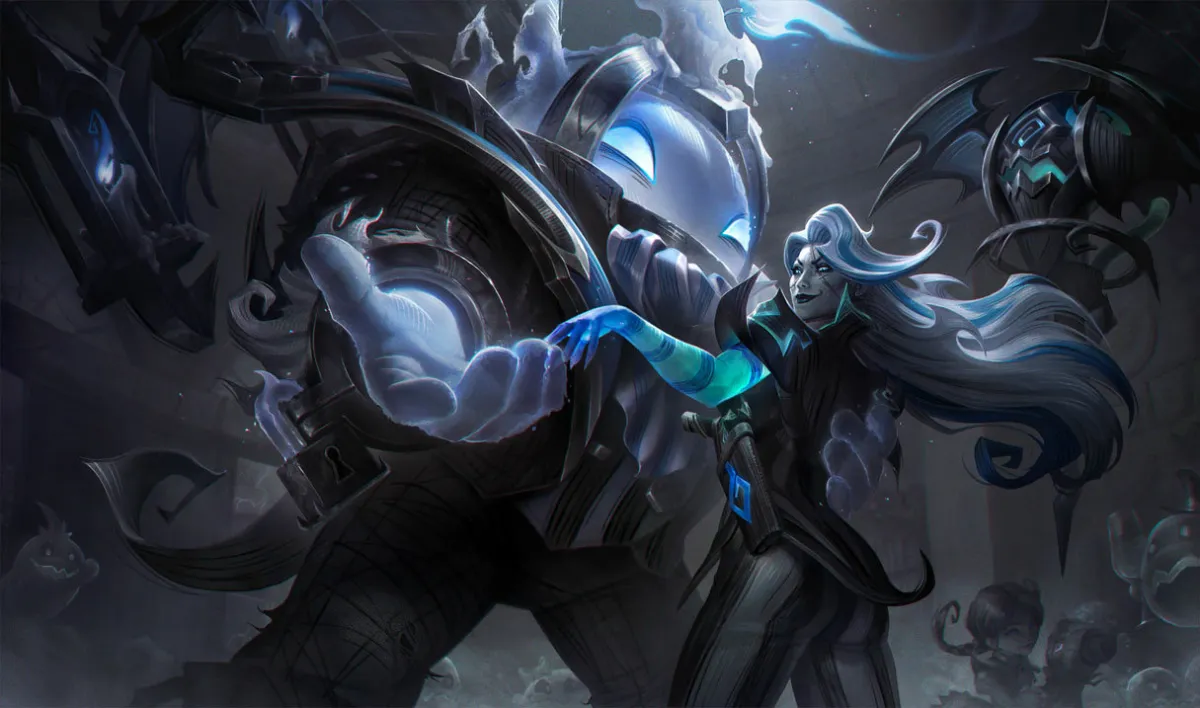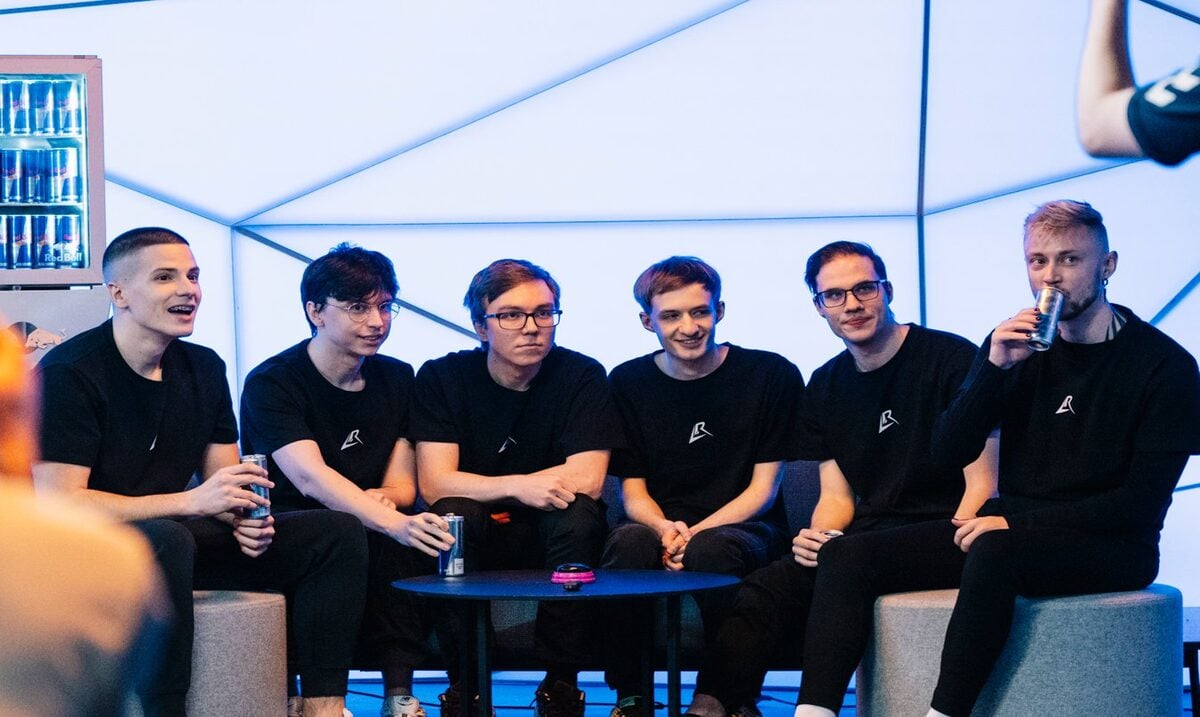A while back, I wrote an article discussing how roles (such as primary carry, secondary carry, and support) are different from positions (such as Top, Mid, and the bot-lane Support position.) Taking this further, I’ve begun in-depth breakdowns of specific positions and how players with different attributes fit into rosters. My previous installment of this series, concerning the top lane, can be read here.
Defining the jungle role

Traditionally considered a supportive position, the jungle role is unlike any other in League of Legends. While the other four positions play in lanes, the jungle roams across the map, killing jungle monsters for gold and aiding their teammates through ganks. While there are many different schools of thought on how to play the jungle role, the position has several main priorities that all jungle players must accomplish.
By the very definition of their role, junglers must provide map pressure, especially in the early game when the jungle player is by far the most mobile team member on the map. Jungle pressure can be placed in a wide variety of ways – ganking for teammates, killing towers, taking neutral objectives like buffs or dragons. Even junglers who take a power farming approach can output jungle pressure, albeit in a lesser manner, by placing the onus on their opponents to snowball the game before their power spike in the teamfighting phase. One of the best tools for taking map pressure is the countergank, a maneuver that turns a seemingly beneficial gank for the opponent into your team’s favor. These moves are so highly praised because they effectively nullify the opponent’s map pressure while greatly adding to the counterganker’s.
As competitive League has advanced, vision has become an increasingly important part of the Jungler role. While the Support role is traditionally most closely associated with vision, the jungler’s ability to move across the map at the beginning of the game means that jungle wards can sometimes be even more effective than support wards. In recent years, the Season 4 warding limits, which allow a single player to only have 3 or more wards on the map, have made jungle warding even more important.
As the meta shifts, the responsibilities for dealing damage and providing tankiness has shifted across the five different positions. Historically however, the jungle role is responsible for providing tankiness and engage. At rare times, relatively overtuned champions such as Kha’Zix or Rengar have allowed junglers to deal comparable damage to the traditional carry roles, but normally even so-called carry junglers such as KaKAO will focus on building tanky stats to supplement their engages before moving on to damage items as a secondary focus.
Completing team compositions

With the specifics of the jungle position in mind, let’s move on to examine the team-wide resources which are common to all roles. These resources are farm, roams, and priority.
Farm is self-explanatory, there is a very limited number of minions/jungle monsters/kills on the map, and teams can decide however they want to distribute them. Usually, teams will try and farm up two main carries but there are situations where teams try to distribute farm among all members (Moscow 5) or funnel all of their resources onto a single player (SHRC with UZI.) Because farm scales multiplicatively (through multipliers such as Crit, Rabadon/Cinderhulk passive or through complementary scaling such as Armor/MR with HP or Armor/Magic Pen with AD/AP respectively.)
For the jungle role in particular, farm is generally a very scarce resource. Because much more gold is available in lanes than in the jungle, teams generally believe it is more efficient for their junglers to focus on helping their teammates through ganks rather than trying to become a carry on their own. Junglers that take high farm amounts are therefore quite rare and require significant sacrifice from their teammates.
Roams are the ganks that a team sends to one player’s lane to try and snowball them. On most teams, just the jungler ganks, with occasional supplementary roams from the support. In some cases, we find teams using their top laner’s Teleport to frequently gank a lane, usually bot, or sending their mid laner to help the jungler snowball another lane. By ganking, players are giving up a time resource they could have used securing lane advantages so they can help their teammates. Usually, teams only have a single player, the primary carry, who receives a lot of roams. Teams with two true dual-carry players (Season 3 Fnatic with xPeke and sOAZ) usually have an unusually low econ jungler such as Cyanide.
Because the jungle role is the primary roaming position, it’s extremely rare to find a jungler who receives high roam support from his teammates. Usually, it is the jungler who forfeits his own time to help his teammates. Situations with teammates who roam to help junglers usually involve frequent jungle invades. Examples include DanDy on SSW or Diamondprox of Gambit Gaming.
Priority defines the main playmakers of a team, the players that define a team’s philosophy and that receive the most back-up from their teammates when they make plays. It is generally through priority that supports and junglers, typically supportive roles, can become carries on their own by scoring game-winning picks or engages. Usually, teams can only have a limited number of playmakers, even infamously aggressive teams like the OMG of Season 3-4 featured players like San who took a more conservative approach. At the same time, a team also needs to have a healthy number of playmakers, otherwise they will simply fall apart as the game goes on and the other team takes the initiative. Personally, I believe that a team should have 3 playmakers, with 2 also being acceptable with the right personnel (dade’s Samsung Blue squad.)
To give a further explanation of priority, we can look at the old Moscow 5 line-up of Seasons 2-4. One player who had very high priority on that team was Alex Ich. His “see hero, kill hero” motto basically meant that when Alex saw a champion, he could immediately try to go for a pick and his teammates would follow up. As a stark contrast, his teammate Darien would constantly make plays through split pushing. Although he drew a lot of pressure, he had fairly low priority on his team and received little back-up, resulting in his “feed to win” approach to the game.
Although junglers and bottom lane supports typically receive low farm and little roam pressure, priority allows these traditionally supportive positions to carry the game. In fact, due to the high emphasis on scoring picks or making engages with these positions, many jungle players typically have some of the highest playmaking priority on their teams.
Jungling Styles

The jungle centers around three primary playstyles which focus on ganking, farming, and dueling respectively. Though these definitions are well-known, a brief review may be in order. Ganking involves the jungler helping teammates kill or force back their lane opponents. Players that focus on heavily ganking or counter-ganking for their teammates are generally called support junglers. Because this style usually involves killing champions, it is sometimes called carnivore jungling in Korea. Farming involves the jungler killing jungle monsters to quickly and reliably gain gold for items. As heavy farming often involves eschewing helping teammates in favor of more personal resources, high farming junglers are sometimes called carry junglers. Because this style involves farming jungle resources rather than champions, it is sometimes called herbivore jungling in Korea. Dueling involves finding the other team’s jungler and fighting him. This style also allows the stealing of the enemy’s jungle monsters, a tactic known as counter-jungling. While players are rarely so binary as to focus solely on a single playstyle, they generally will naturally favor one of these three particular approaches. Such tendencies ring true even for all-time greats such as DanDy, who used a dueling approach, or KaKAO, who focused on power farming the jungle.

The school of support jungling places a high emphasis on ganking, or aiding teammates in killing or driving back their lane opponents. While ganking defines support jungling, the ability to provide pressure across the length map is a core component of the jungle role. Even very farm-focused junglers will take the time to gank for their teammates. Although various players, such as Fnatic’s Cyanide, adopted high ganking playstyles at around the same time, TSM’s TheOddOne is generally considered the epitome of support jungling. Whereas most junglers ganked only when kills were certain, TheOddOne’s frequent ganked to alleviate pressure from his teammates. Infamous for his synergy with Reginald, TheOddOne’s frequent forays in the mid lane kept opponents on their toes and allowed Reginald to play more aggressively. By establishing a reputation for camping the mid lane, TheOddOne was able to provide presence even when he was elsewhere. However, his frequent appearances in the mid lane took a heavy toll on his farm counts and the affectionately nicknamed “General” never was able to carry games on his own.
As TheOddOne shows, supportive junglers generally require very low resources, choosing to exert pressure in lieu of farm. The area where support junglers are typically able to establish themselves as stars is through playmaking priority – in spite of their usual low farm counts and inability to traditionally carry through dealing damage, these players can carry games through their utility spells through ganking or engaging.
The strength of a support jungler with high playmaking priority was made evident on ROCCAT’s 2014 team, when Jankos’s continuous ganks were able to snowball a mediocre roster to fourth place in Europe. Jankos never had high farm counts, but because of his great grasp of the early game he was able to put his teammates so far out ahead that ROCCAT’s weak carry threats were able to compensate for their deficiencies. Jankos’s ability to gank every lane and his teammate’s willingness to follow his decisions rather than tunneling him on assisting a specific teammate earned him the nickname “The King of First Blood.”
Another jungler well-known for support jungling, Xmithie, was able to play very well with secondary priority status on Vulcun’s Season 3 Worlds squad. Xmithie spent most of the laning phase subservient to co-star mandatorycloud, but in the mid to late game, his teammates would follow up his picks on his beloved Lee Sin and Vi. Xmithie’s play has harshly declined since his heyday in Season 3, and so has his playmaking priority.
Although high priority support junglers can be top players, the vast majority of support players have low playmaking priority and focus on either peeling for their teammates or providing secondary engage. Although he is the father of support jungling, TheOddOne spent much of his career playing at low play priority. TheOddOne would usually either peel for Chaox or WildTurtle in teamfights or supplement team captain Reginald’s famously aggressive dives. The classic image of Season 2 TSM remains TheOddOne’s Maokai wrapping up an opponent after a Reginald Dark Binding or Flash Karthus Wall of Pain. Other examples of low priority junglers include bengi and Cyanide.
Although the title “support jungler”, implies heavy warding, it’s important to emphasize again that the roaming nature of the jungle role means that every player, even players focusing on farming or dueling, should have a high focus on ward placement. Indeed, we have seen junglers who have taken a very carry-oriented approach, such as KaKAO, master vision control whereas nominal support junglers have failed to adequately ward.

While support junglers cropped up around the world at around the same time, there is no argument that the father of carry jungling is Saintvicious. Saint’s Season 2-3 philosophy of eschewing ganks in favor of hard farming the junglefor a more powerful mid-to-late game teamfighting phase, was largely considered inferior to the more popular style of heavy ganking.A big part of this style’s unpopularity has been it’s obtuse resource requirements. There are a limited number of resources on the map, and it’s usually sub-optimal for a jungler to simply repeatedly clear his camps. As mentioned earlier, the multiplicative scaling of farm means that it is best to concentrate resources on only a few players. Because lane minions provide more gold than jungle camps, focusing farm on laners is more effective. For similar reasons, carry junglers will frequently heavily tax lanes, taking multiple minion waves and relegating another player into the low-farm supportive role. The most common time when a carry jungle approach is used is when the team’s best mechanical players or best teamfighters happen the play the jungle position.
A quick glance at carry jungling reveals its obvious negatives. Not only do teammates suffer from low jungle support but lane tax places a burden on lanes that are already suffering. However, carry jungling works extremely well on teams with laners that can accommodate this style. Specifically, teams with passive laners that won’t risk dying in ganks or high-roaming laners who can compensate for the lack of early pressure excel when placed next to a farming jungler. One of the best examples of this is Team WE from Seasons 2-3, where Misaya’s frequent ganks on Twisted Fate provided the pressure that ClearLove forfeited by farming the jungle.
In general, carry junglers will play with a very high amount of playmaking priority – because teams with carry junglers often have to distort their setups in unusual ways to accommodate this style, they would prefer to fully reap these rewards with a high-farm primary engager. Consequently, it is most common to see high farm junglers with high playmaking priority.
Generally considered the founder of this school of thought, Saintvicious stands as a perfect example of a carry jungler with high playmaking priority on his Season 2 CLG and Curse teams. His spiritual successor as an NA carry jungler, Meteos, would also have high playmaking priority on Season 3 Cloud9, becoming the team’s primary engager on his Zac and Nocturne.
CloudTemplar on Azubu Frost took a secondary playmaking role on Azubu Frost to the infamous MadLife. Although CT was expected to back-up MadLife’s picks, many teamfights began with his long range Amumu engages.
Finally, World Elite jungler ClearLove played a high farm playstyle but had relatively low priority on that team in comparison to fellow stars Misaya and WeiXiao. One of the most interesting aspects of that WE roster was Misaya’s ability to make game-changing plays from a gold deficit. In these rare cases with strong playmakers from low farm positions, it is possible to see farming junglers play a secondary role similar to top laners.

One of the most important carry junglers was KaKAO. Whereas the carry jungle style has traditionally come at a high cost to supportive aspects like warding or ganking, KaKAO’s mastery of the jungle position and understanding of optimal jungle pathing allowed him to constantly out-farm his opponents while placing immense pressure on the kT Arrow’s flawed lanes. One of the key aspects of KaKAO’s play was his ability to force ganks. In the words of MonteCristo, KaKAO would “just gank the lane that was most convenient each game.” Because of this, KaKAO’s brand of carry jungling, which frequently incorporated aspects of farming and dueling, looked both different and far superior to even the play of legendary carry junglers like Saintvicious or ClearLove. Famous for Lee Sin, Rengar, and a pocket Nocturne during his time on the kT Arrows, KaKAO’s ability to conceptualize carry jungling has continued with his ability to dominate with the off-meta Nidalee in the LPL. One other player who has recently adopted the KaKAO style of carry jungling is fellow Korean import Spirit, whose play on Rek’Sai and Nidalee led to World Elite’s historic upset against the GE Tigers.

The final school of jungling, counter-jungling, involves stealing the opponent’s jungle camps, either through dueling and killing them or through jungle invades with the aid of teammates. This style would come into prominence in Season 2, years after the creation of the previous two styles..
Legendary jungler Diamondprox, of Moscow 5, would pioneer an aggressive style of dueling using bruiser champions such as Shyvana or Lee Sin that could rip through the popular tanks at the time. This counterjungling style would nullify one of the other team’s support threats, meaning that a team with a counterjungler and superior carry players would be able to shine especially brightly.
Although this style was used to great effect by Moscow 5, it is the most uncommon and difficult to use style in competitive LoL because of its requirements. Because the dueling jungler is usually behind enemy lines, he requires high back-up from his teammate. This results in an unusual style where laners “gank” for the jungler, rather than the other way around. Furthermore, these junglers will usually have to farm-up or else pick lower utility champions so they can outduel the other jungler. Engage spells such as Maokai’s root or Amumu’s bandage do little in a jungle duel, because in a 1v1 jungle duel these spells lack follow-up damage from teammates. The notable exception to this is rule is Nunu, who is able to counterjungle extremely well due to his utility spells – Consume steals jungle camps and Ice Ball lowers attack speed of opponents.
Because of this risky style, even counter-jungling experts like Diamondprox or DanDY only used this style in moderation. Although all 3 jungle designations (support jungler, carry jungler, counter jungler) require team cooperation, the counter jungler generally requires the most team focus. Support junglers focus on complementing their teammates through ganks and the somewhat straightfoward nature of carry jungling means that laners only have to focus on safe play. On the other hand, counterjungling is extremely variable based on the responses of opponents.
Some of the best examples of teams that used counter-jungling as a focal-point included Moscow 5 and Samsung White. Their star junglers, Diamondprox and DanDy, were able to generate a lot of early game action with their playmaking by denying early game buffs and stopping ganks. The use of early counter-jungling tactics also allowed their push-heavy solo lanes (Darien and PawN) to make plays much earlier than would be typically possible.
One team that used counter-jungling as a secondary strategy was the SK Gaming of Season 4 and 5. Their style of pushing out the lanes so they could easily provide backup for Svenskeren allowed them to farm up their side laners, while putting themselves in good positions to aid their counter-jungler.
However, there are also several dangers to running a counter-jungle heavy strategy. Because the counter-jungler will require a lot of playmaking priority, it’s uncommon to find successful counter-junglers who aren’t star players on their teams. One example of a player who unsuccessfully used a dueling strategy was Amazing on TSM. Two issues frequently mentioned during TSM’s Season 4 Summer Split was their poor record against other top teams and Amazing’s poor record on junglers other than Lee Sin and Elise. Amazing had obvious mechanical talent, but his desire to play a dueling strategy frequently saw him farming up in the early game to help him counterjungle opponents. Against teams with stronger laners, his lack of jungle pressure in the early game meant that his lanes would often fall behind. This problem would be compounded in the mid-game because his forced invades were frequently prevented when he didn’t play champions who could immediately burst down the opposition.
After Locodoco became the coach for TSM, he rightfully identified that Bjergsen was the better player, and moved Amazing to a support jungle playstyle, which played a large part in the team’s success in the play-offs. By later picking up a dedicated support jungler in Santorin, the team was able to take another step forwards. Without full team support or extremely strong lanes which can easily provide assistance, it is difficult to run a dueling jungler.
Conclusion

As with all roles, the jungle role distributes farm, ganks, and priority across the lanes. In addition to these, jungle players largely can be categorized into three different main styles, namely ganking, farming, and dueling. With a better understanding of these concepts and how players fit into team construction, hopefully we can see better rosters from LoL organizations.






Published: Jun 14, 2015 02:10 pm